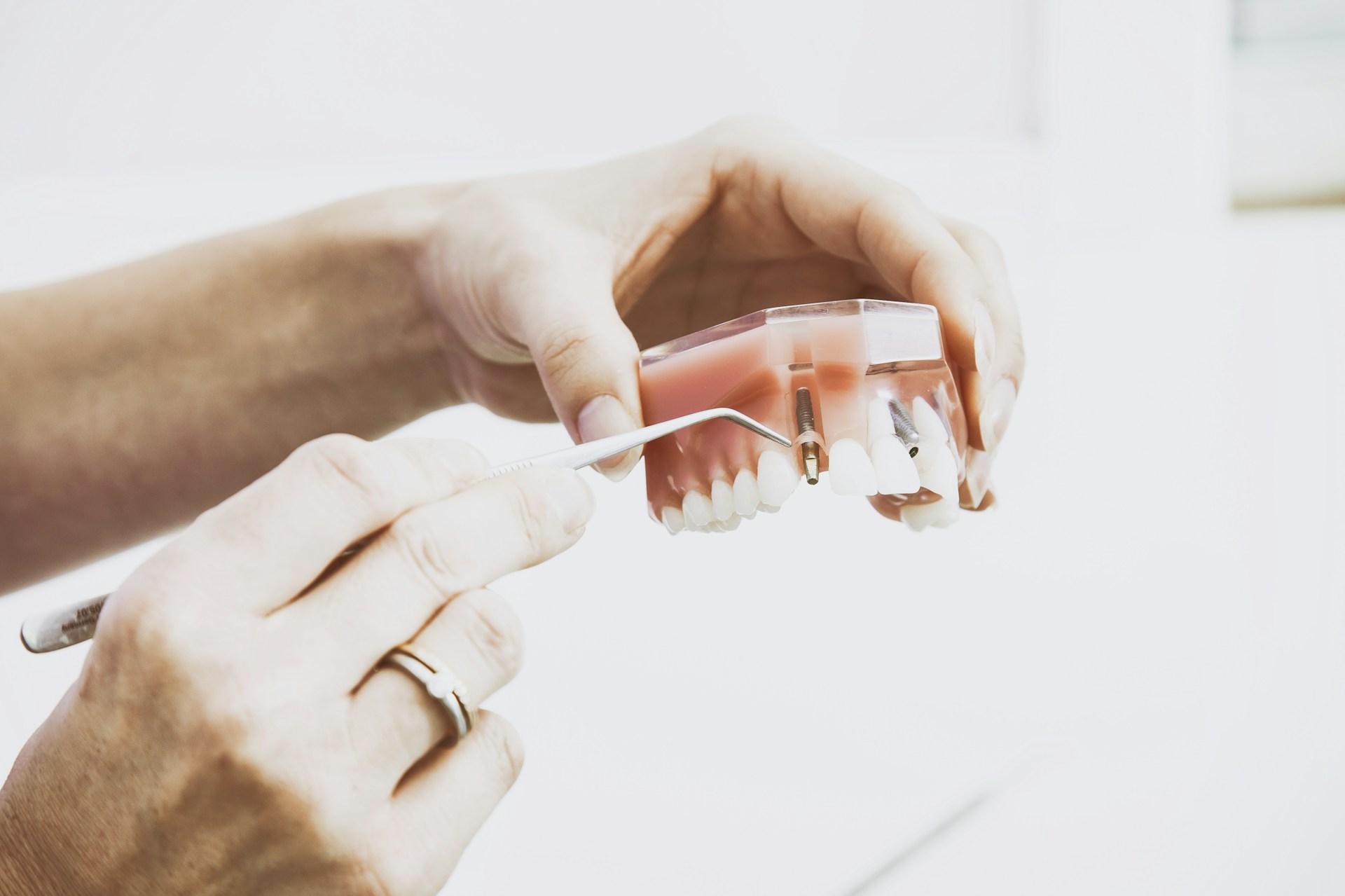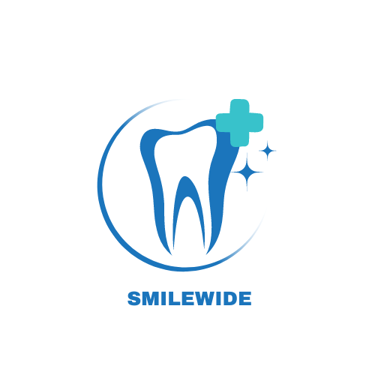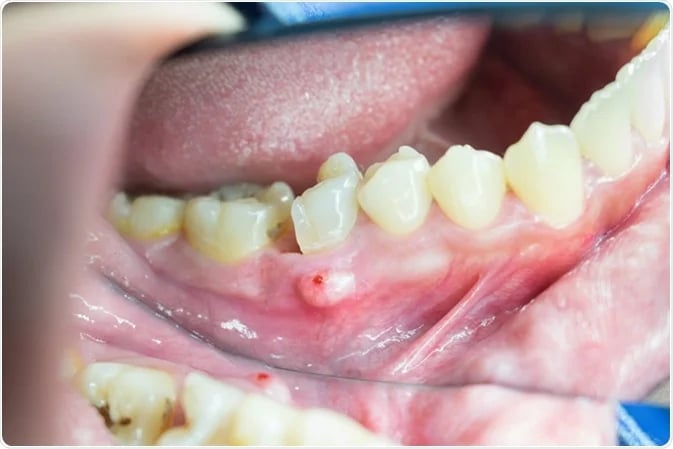SMILE- It costs nothing !!!
Causes & Treatments for Swelling Around One Tooth
Discover the causes and treatments for swelling around one tooth. Learn about potential issues like infections or abscesses and the importance of consulting a dentist for proper care. Prioritize your oral health today!
1/27/20253 min read
Swelling Around One Tooth: Causes, Symptoms, and Effective Solutions
Swelling around one tooth is a common dental problem that can cause discomfort and concern.
While it might seem minor at first, ignoring the issue can lead to more severe dental complications.
What Causes Swelling Around One Tooth?
Swelling around a single tooth can occur due to various reasons.
Understanding the root cause is essential for determining the appropriate treatment.
Here are the most common causes:
Gum Infection (Gingivitis):
Poor oral hygiene can lead to plaque buildup, causing gum inflammation around the tooth.
Symptoms include redness, tenderness, and bleeding gums.
Dental Abscess:
A tooth abscess is a bacterial infection that causes pus to accumulate at the root of the tooth.
Common signs include intense pain, bad breath, and a visible swelling or lump near the tooth.
Tooth Decay:
Cavities that extend deep into the tooth can irritate the surrounding gum tissue, leading to localized swelling.
Injury or Trauma:
A cracked or chipped tooth can irritate the gum, causing swelling around the affected area.
Food Impaction:
Small food particles stuck between teeth can irritate the gum, leading to temporary swelling.
Periodontal Disease:
Advanced gum disease can cause the gums around a specific tooth to recede, swell, or even form pockets of infection.
Wisdom Tooth Issues:
When a wisdom tooth is partially erupted, it can lead to a condition called pericoronitis, causing swelling and pain.
Related : Why are my gums swelling
Symptoms of Swelling Around One Tooth
Identifying symptoms early can prevent complications. Here are the key signs to look out for:
Swollen gums around one tooth
Redness and tenderness
Persistent toothache
Pus or discharge (indicating an infection)
Difficulty chewing or biting
A bad taste or smell in the mouth
Fever (in severe cases of infection)
If you notice these symptoms, it’s crucial to address the issue promptly.
Related : Gum recession
How to Treat Swelling Around One Tooth
Treating swelling around one tooth depends on the underlying cause. Below are the most effective solutions:
1. Practice Good Oral Hygiene
Brush twice daily with fluoride toothpaste.
Floss regularly to remove food particles and plaque.
Use an antibacterial mouthwash to reduce bacteria in the mouth.
2. Warm Salt Water Rinse
Mix a teaspoon of salt in a glass of warm water and rinse your mouth for 30 seconds.
This helps reduce inflammation and fights minor infections.
3. Over-the-Counter Pain Relievers
Medications like ibuprofen or acetaminophen can help manage pain and reduce swelling.
4. Cold Compress
Apply a cold pack on the outside of your cheek near the swollen area for 10-15 minutes. This reduces swelling and numbs the area.
5. Visit Your Dentist
For persistent swelling, it’s important to see a dentist.
They may recommend:
Professional Cleaning: To remove plaque and tartar buildup.
Root Canal Treatment: To treat an infected tooth.
Tooth Extraction: In severe cases where the tooth cannot be saved.
Antibiotics: For bacterial infections.
When to See a Dentist
While home remedies can provide temporary relief, certain situations require professional attention:
Swelling persists for more than 2-3 days.
Severe pain that disrupts daily activities.
Presence of pus or abscess.
Fever or swollen lymph nodes.
Ignoring these symptoms can worsen the condition and lead to complications such as tooth loss or systemic infection.
How to Prevent Swelling Around One Tooth
Prevention is always better than cure. Here are some tips to avoid swelling and maintain optimal oral health:
Brush and Floss Daily: Keep your teeth and gums clean to prevent plaque buildup.
Visit Your Dentist Regularly: Routine check-ups and cleanings can catch issues early.
Maintain a Balanced Diet: Limit sugary foods and drinks to reduce the risk of cavities.
Stay Hydrated: Drinking water helps flush out food particles and bacteria.
Avoid Using Your Teeth as Tools: Prevent injuries by not using your teeth to open packages or chew on hard objects.
If you’re experiencing swelling around one tooth, don’t wait for it to worsen. Consult your dentist today and take the first step toward a healthy, pain-free smile!
FAQs About Swelling Around One Tooth
Q: Can I treat swelling around one tooth at home?
A: Yes, mild swelling can be treated with salt water rinses, good oral hygiene, and pain relievers. However, persistent or severe swelling requires professional care.
Q: Is swelling around one tooth always caused by an infection?
A: Not always. It can also result from injury, food impaction, or gum irritation.
Q: How long does it take for swelling around a tooth to go down?
A: Minor swelling may subside within a day or two with proper care. Persistent swelling requires dental treatment.
Q: Can gum swelling go away on its own?
A: Mild cases might resolve naturally, but swelling due to infections or dental issues will need treatment.
Q: What happens if I ignore swelling around one tooth?
A: Ignoring the problem can lead to complications like abscess formation, tooth loss, or even systemic infections.

Contact Smiles
drdeepi15@gmail.com
Dr. Deepika B.D.S
© 2025 SmileWide Dental. All Rights Reserved.
Have doubts ..?


